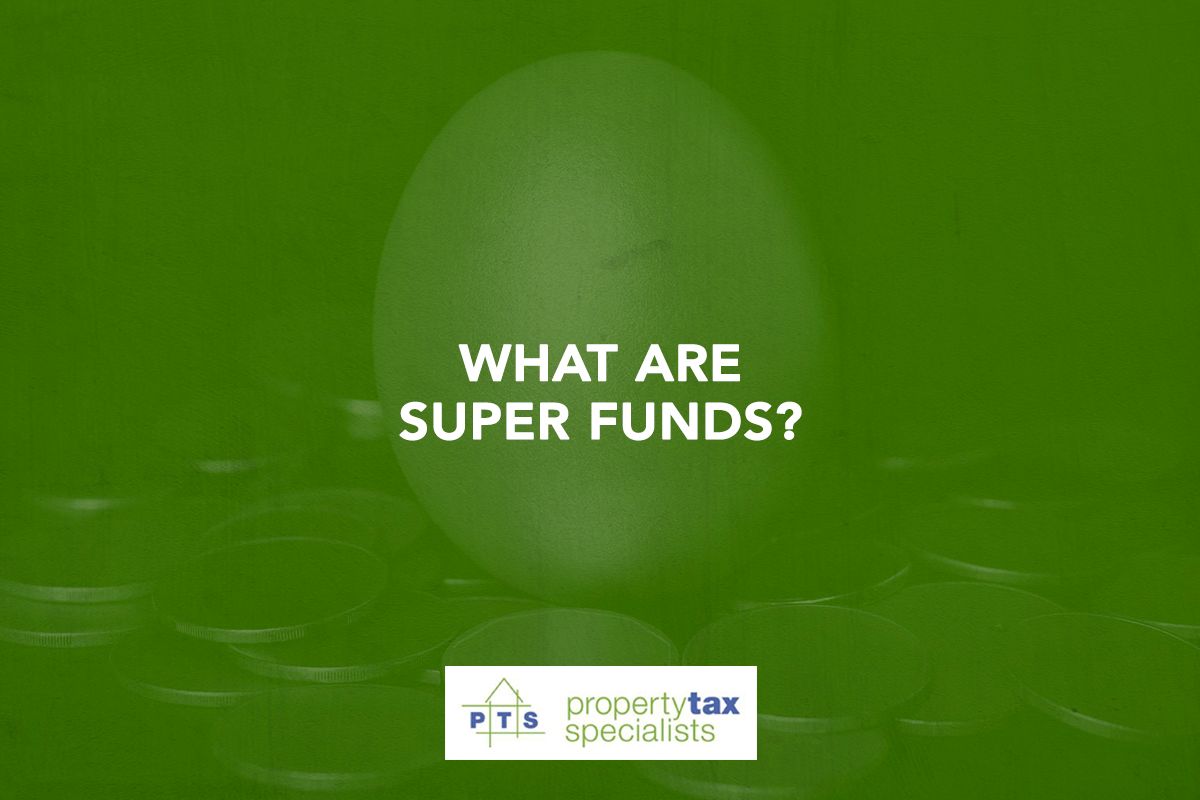What Are Super Funds? A Comprehensive Guide to Superannuation
Constantly asking “What are super funds?” You’re not alone.
Superannuation, colloquially known as super, is a long-term savings plan designed to provide a reliable source of income after retirement. It acts as a financial safety net that supplements or replaces the government pension in Australia.

Understanding Superannuation
Superannuation is an arrangement where a portion of a person’s income is saved and invested during their working life, to be accessed after retirement.
It’s a mandatory scheme in Australia, with employers legally required to contribute a percentage of a worker’s salary into their super fund. This is referred to as the Super Guarantee (SG). The SG rate currently stands at 11%, and it’s set to increase incrementally to 12% by 2025.
How Does Superannuation Work?
Super funds take on the responsibility of managing and investing the money on behalf of their members. The objective is to generate returns and increase the fund’s value over time. The investment strategy varies widely among different super funds, with some investing heavily in shares, both Australian and international, while others diversify into property, fixed-interest assets, and more.
You can typically choose your preferred investment mix based on your risk tolerance and financial goals. A balanced investment choice, which consists of a wide range of assets, is the most common default option for most Australians.
However, the suitability of this option depends on your financial situation and objectives.
The Difference Between Concessional and Non-Concessional Contributions
One of the most effective ways to boost your superannuation savings is by making extra contributions.
These contributions can be either concessional (before tax) or non-concessional (after tax).
Concessional (Before Tax) Contributions
Concessional contributions are made to your super fund before any tax is deducted. These contributions are taxed at a concessional rate of 15% when they enter the super fund, which is significantly lower than most individuals’ marginal tax rates.
Types of Concessional Contributions
- Employer Contributions: As previously mentioned, these are the mandatory Super Guarantee (SG) contributions your employer makes on your behalf.
- Salary Sacrifice: This is an arrangement you make with your employer to contribute a portion of your pre-tax salary to your super fund. It’s a strategic way to boost your super while potentially reducing your taxable income.
- Personal Deductible Contributions: If you’re self-employed or your employer doesn’t offer salary sacrifice, you can make personal contributions to your super and then claim a tax deduction for them.
Concessional Contribution Caps
There’s a limit to how much you can contribute at the concessional tax rate. The cap is currently set at $27,500 per financial year for all ages. However, it’s essential to check the latest figures, as these caps can change.

Non-Concessional (After Tax) Contributions
Non-concessional contributions are made from your after-tax income. Since you’ve already paid tax on this money, it’s not taxed again when you put it into your super fund.
Non-Concessional Contribution Caps
There’s also a limit to how much you can contribute as non-concessional contributions. As of 2021, the cap was $110,000 per financial year for those under 65. Again, always check the latest figures, as these can change.
Bring-Forward Rule
If you’re under 65, you might be able to bring forward up to two years of non-concessional contributions, allowing you to contribute up to $300,000 over a three-year period, depending on your total super balance.
Types of Super Funds
In Australia, there are two main types of super funds: accumulation funds and defined benefit funds:
1. Accumulation Funds
The majority of Australians are likely to have their super in an accumulation fund. In this type of fund, the value of your super increases over time as you and your employer make contributions and as your super fund invests those savings. The amount you have when you retire depends on the balance of your super account.
2. Defined Benefit Funds
On the other hand, a defined benefit fund offers a set retirement benefit to members, which is calculated using a specific formula rather than an investment return. These funds are usually public sector or corporate funds and are less common than accumulation funds.
Other Types of Australian Superannuation Funds
Apart from these, there are several other super fund types and options, including the following:
Corporate Funds
These are superannuation funds that employers establish for their employees. They are often tailored to the needs of the company’s workforce and may offer benefits specific to that company.
Industry Funds
Originally designed for workers from a particular industry or occupation, these are now often open to anyone. They are typically run by employer associations and/or unions and are known for being “profit-for-member” funds, meaning they aim to return all profits to their members.
Public Sector Funds
Established for employees of federal, state, and local governments or statutory authorities. They often come with specific benefits for government employees and may have defined benefit components.
Retail Funds
These are usually run by banks or investment companies. They are open to anyone and often have a wide range of investment options. They operate for profit, which means they aim to generate profit for the company that runs them.
MySuper Funds
A standardised superannuation solution introduced by the Australian Government. They offer simple, cost-effective investment options with a clear set of product features, making it easier for individuals to compare funds.
Self-Managed Superannuation Funds (SMSFs)
A self-managed superannuation fund is a private fund that you manage yourself. SMSFs are regulated by the Australian Taxation Office (ATO) and allow members to have direct control over their investment decisions.
Choosing the Right Superannuation Fund
Each type of fund has its own set of features, benefits, and drawbacks, so you must carefully consider your options before deciding which super fund to put your retirement savings into.
For example, if you want direct control over your super investments, you would likely try your hand with an SMSF. But you have to have the knowledge, time, and resources to manage your own super. You also need to be comfortable with the responsibilities that come with it.
On the other hand, if you’re looking for flexibility and variety in your investment choices and you’re comfortable with a for-profit model, a retail fund might be suitable. But you’ll need to be aware that they might come with higher fees.
The best fund for you depends on your individual circumstances, preferences, and financial goals. It’s always a good idea to consult with a financial advisor or do thorough research before making a decision.

Superannuation Fees: What Should You Know?
Just like any other financial product, super funds also charge certain fees for their services. These include:
- Administration fees
- Investment management fees
- Performance fees
- Advice fees
- Buy and sell spread fees
The amount and type of these fees vary significantly among different super funds. But you must understand how these fees work and how they can affect your super balance. Even a small difference in the fee percentage can have a significant impact on your retirement savings.
On average, Australians pay between 0.91% and 1.21% of their account balance in fees each year. So, it’s worth checking the fees you’re being charged and comparing them with other funds to ensure you’re not paying more than necessary.
Accessing Your Super: When and How?
Typically, you can access your super when you reach your preservation age and retire, or when you turn 65, regardless of whether you’ve retired or not. The preservation age varies from 55 to 60, depending on when you were born.
In certain circumstances, you might be eligible to access your super early. These include severe financial hardship or specific compassionate grounds. However, strict conditions apply, and it’s not a decision to be taken lightly.
How Much Super Do You Need to Retire Comfortably?
Estimating how much super you’ll need in retirement is a complex task. It depends on various factors, including your lifestyle, living costs, and personal circumstances. However, the Association of Superannuation Funds of Australia (ASFA) provides a general guideline known as the Retirement Standard.
According to the ASFA Retirement Standard, as of June 2023, a couple seeking a comfortable retirement needs an annual income of about $70,482, which equates to a super balance of around $690,000. For a single person, the figures are slightly lower, at $50,004 and $595,000, respectively.
Keep in mind, however, that these numbers assume you will own your home outright when you retire.
Key Takeaways
- Superannuation is a critical aspect of financial planning for retirement.
- You must understand the mechanics of super funds and how they can help secure your financial future.
- Always remember that choosing the right super fund can make a significant difference to your retirement nest egg.
However, past performance is not a reliable indicator of future performance. Therefore, it’s advisable to seek professional advice before making any decisions about your super. And, of course, always stay updated on any changes to superannuation laws and regulations.
And if you would like to discuss a tax-efficient strategy for your retirement savings, contact Property Tax Specialists today.
Disclaimer
Please note that every effort has been made to ensure that the information provided in this guide is accurate. You should note, however, that the information is intended as a guide only, providing an overview of general information available to property buyers and investors. This guide is not intended to be an exhaustive source of information and should not be seen to constitute legal, tax or investment advice. You should, where necessary, seek your own advice for any legal, tax or investment issues raised in your affairs.


